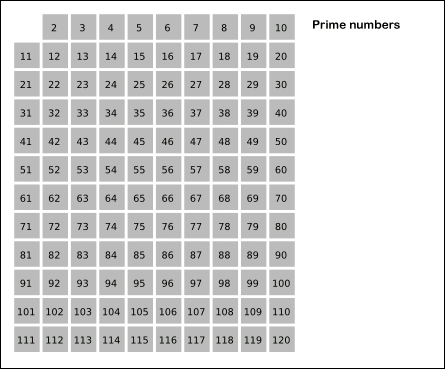Given
n balloons, indexed from
0 to
n-1. Each balloon is painted with a
number on it represented by array
nums.
You are asked to burst all the balloons. If the you burst
balloon
i you will get
nums[left] * nums[i] * nums[right] coins. Here
left
and
right are adjacent indices of
i. After the burst, the
left and
right
then becomes adjacent.
Find the maximum coins you can collect by bursting the balloons wisely.
Note:
(1) You may imagine
nums[-1] = nums[n] = 1. They are not real therefore you can not burst them.
(2) 0 ≤
n ≤ 500, 0 ≤
nums[i] ≤ 100
Example:
Given
[3, 1, 5, 8]
Return
167
nums = [3,1,5,8] --> [3,5,8] --> [3,8] --> [8] --> []
coins = 3*1*5 + 3*5*8 + 1*3*8 + 1*8*1 = 167
這題超難的
這題是事實上可以當成DP來寫
不要想每次 怎麼消除氣球
而是去想 最後一個被消除的
因為一開始去想要怎麼消第一個 他左右兩邊會合併 所以不能divide concour
但是如果反過來 使用最後被消除的 因為他是被最後消除 所以左右邊兩邊是分開的!!!
状态转移方程:
dp[l][r] = max(dp[l][r], nums[l] * nums[m] * nums[r] + dp[l][m] + dp[m][r])
dp[l][r]表示扎破(l, r)范围内所有气球获得的最大硬币数,不含边界;
l与r的跨度k从2开始逐渐增大;
三重循环依次枚举范围跨度k,左边界l,中点m;右边界r = l + k;
Be Naive First
When I first get this problem, it is far from dynamic programming to me. I started with the most naive idea the backtracking.
We have n balloons to burst, which mean we have n steps in the game.
In the i th step we have n-i balloons to burst, i = 0~n-1. Therefore we
are looking at an algorithm of O(n!). Well, it is slow, probably works
for n < 12 only.
Of course this is not the point to implement it. We need to identify the redundant works we did in it and try to optimize.
Well, we can find that for any balloons left the maxCoins does not
depends on the balloons already bursted. This indicate that we can use
memorization (top down) or dynamic programming (bottom up) for all the
cases from small numbers of balloon until n balloons. How many cases are
there? For k balloons there are C(n, k) cases and for each case it
need to scan the k balloons to compare. The sum is quite big still. It
is better than O(n!) but worse than O(2^n).
Better idea
We then think can we apply the divide and conquer technique? After
all there seems to be many self similar sub problems from the previous
analysis.
Well, the nature way to divide the problem is burst one balloon and
separate the balloons into 2 sub sections one on the left and one one
the right. However, in this problem the left and right become adjacent
and have effects on the maxCoins in the future.
Then another interesting idea come up. Which is quite often seen in
dp problem analysis. That is reverse thinking. Like I said the coins you
get for a balloon does not depend on the balloons already burst.
Therefore
instead of divide the problem by the first balloon to burst, we divide
the problem by the last balloon to burst.
Why is that? Because only the first and last balloons we are sure of their adjacent balloons before hand!
For the first we have nums[i-1]*nums[i]*nums[i+1] for the last we have nums[-1]*nums[i]*nums[n].
OK. Think about n balloons if i is the last one to burst, what now?
We can see that the balloons is again separated into 2 sections. But
this time since the balloon i is the last balloon of all to burst, the
left and right section now has well defined boundary and do not affect
each other! Therefore we can do either recursive method with memoization
or dp.
Final
Here comes the final solutions. Note that we put 2 balloons with 1 as
boundaries and also burst all the zero balloons in the first round
since they won't give any coins.
The algorithm runs in O(n^3) which can be easily seen from the 3 loops
in dp solution.
下面的K 是長度, i是最後才被搓破的 left跟right是最後戳破時的左右那兩個
1
2
3
4
5
6
7
8
9
10
11
12
13
14
15
16
17
18
| int maxCoinsDP(vector<int> &iNums) {
int nums[iNums.size() + 2];
int n = 1;
for (int x : iNums) if (x > 0) nums[n++] = x;
nums[0] = nums[n++] = 1;
int dp[n][n] = {};
for (int k = 2; k < n; ++k) {
for (int left = 0; left < n - k; ++left)
int right = left + k;
for (int i = left + 1; i < right; ++i)
dp[left][right] = max(dp[left][right],
nums[left] * nums[i] * nums[right] + dp[left][i] + dp[i][right]);
}
return dp[0][n - 1];
}
|
